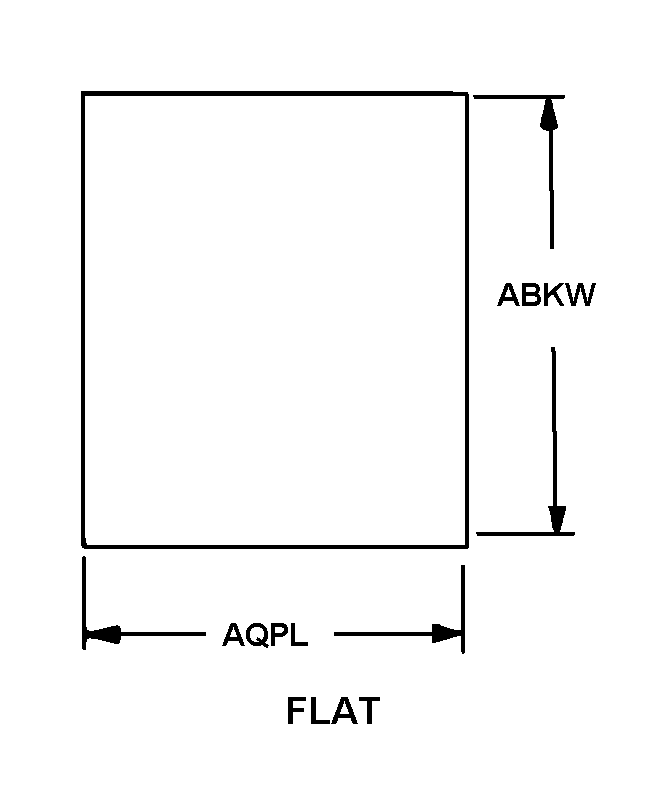6530015196886
Price Quote Get an up to date pricing and availability quote for this product. Order online or over the phone.
Quality Commitment
Serving our customers with quality and safety first.
- AS9120 Certified
- Audited supply chain
- ITAR Registered
- DDTC Registered
- HAZMAT Certified
- Customer service objectives
- Every product 100% inspected

6530-01-519-6886 Specification Set by the OEM (see RNCC code 3)
35.000in.
heat seal
SELF-Closing
plastic, polypropylene single wall
25.000in.
top
osha biohazard caution must be autoclaved prior to disposal
bag biohazard disp 35X25" orange polyprop tear res heat seal self clo 10s
orange; withstand temperature up to 150 degree c (300 degree f; ) ; 10 pe r package
black
flat
Cross Reference Parts Part numbers that meet the specification outlined on this page and set by the OEM
Identification Item Identification Guide (IIG) and Item Name Code (INC)

Definition Definition of approved item name (AIN): "BAG,STERILIZATION-BIOHAZARD DISP"
A container made of polypropylene designed to hold biohazardous materials to be sterilized prior to disposal in order to eliminate a potential health risk. Excludes bag,biohazard disposal; envelope,sterilization; wrapper,sterilization; bag,sterilization; and bag,water sterilizing.
Packaging & Dimensions Packaging instructions, special markings, and approx. weight/dims
Special requirement. see specific instructions or drawings provided.
Special requirement. see specific instructions or drawings provided.
All packaging data is mandatory for compliance and no substitutions are permitted. fast packs should be included in this category.
Special requirements.
Packaging Codes
OPI: Optional Procedure Indicator Code. A one position alpha code that indicates the allowable deviations from the prescribed requirements.
SPI No.: Special packaging instructions number.
LVL A/B/C: Indicates the type of shipping container required for level A, B, or C maximum packing protection.
SPC Mkg: A two position code that identifies the special markings applied to the container, which is part of the total pack to protect the contained item during preservation, packing, storage, transit and removal from the pack.
6530-01-519-6886 Material Hazmat, Precious Metals, Criticality, Enviroment, and ESD
Indicates there is no data in the hmirs and the nsn is in a fsc not generally suspected of containing hazardous materials.
Item does not contain precious metal.
The item does not have a nuclear hardened feature or any other critical feature such as tolerance, fit restriction or application.
Identification Codes
HMIC: Hazardous Material Indicator Code. A one position code that identifies a hazardous item.
PMIC: Precious Metal Indicator Code. A one position code which identifies items that have precious metals as part of their content. precious metals are those metals generally considered to be uncommon, highly valuable, and relatively superior in certain properties such as resistance to corrosion and electrical conductivity.
ESD: Electrostatic Discharge. Indicates if an item is susceptible to electrostatic discharge or electromagnetic interference damage. electrostatic discharge damage occurs when an accumulation of static electricity generated by the relative motion or separation of materials is released to another item by direct contact. electromagnetic interference damage occurs when an item comes into proximity with an electrostatic or magnetic field.
ENAC: Enviromental Attribute Code. Identifies items with environmentally preferred characteristics.
CRITL: Criticality Indicator Code. Indicates an item is technically critical by tolerance, fit, application, nuclear hardness properties, or other characteristics.






